
Patients at risk of developing thrombosis should receive anticoagulants, in the form of Xa inhibitors and, if necessary, andexanet alfa (Andexxa) or prothrombin concentrates to control excessive bleeding, explained Alvin H. Schmaier, MD.
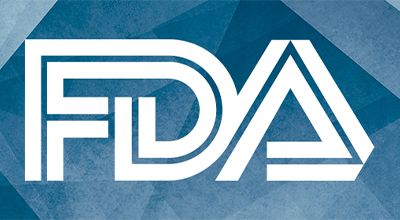

Patients at risk of developing thrombosis should receive anticoagulants, in the form of Xa inhibitors and, if necessary, andexanet alfa (Andexxa) or prothrombin concentrates to control excessive bleeding, explained Alvin H. Schmaier, MD.

Breast implant-associated anaplastic large-cell lymphoma (BIA-ALCL) is a relatively newly discovered illness, which leaves many questions for both patients and providers.
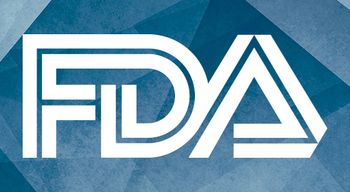
The FDA has granted 2 Orphan Drug Designations to ALPN-101 for the prevention and treatment of acute graft-versus-host-disease (GVHD), according to Alpine Immune Sciences, Inc., the company developing the first-in-class selective dual T cell costimulation inhibitor.

The FDA has granted an orphan drug designation to umbralisib for the treatment of patients with follicular lymphoma, according to TG Therapeutics, Inc, the developer of the dual inhibitor of PI3K-delta and CK1-epsilon.

Healthcare value has been defined as outcomes divided by costs, but it's not always that simple, especially in treating patients with cancer, explained Stuart L. Goldberg, MD, Chief, Division of Outcomes and Value-Based Care at the John Theurer Cancer Center and associate professor of medicine at Seton Hall School of Medicine.

Electronic medical records are helpful when treating patients with CAR T-cell therapy. However, many systems still are not designed for this type of treatment and need to be improved.

ASCO recently issued practice guidelines for pathologic diagnosis of breast implant-associated anaplastic large-cell lymphoma (BIA-ALCL) to help healthcare practitioners better this rare disease.
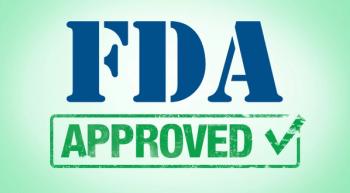
The Food and Drug Administration (FDA) approved isatuximab-irfc (Sarclisa) plus pomalidomide and dexamethasone for the treatment of adults with multiple myeloma who had 2 or more prior therapies, including lenalidomide and a proteasome inhibitor.

The FDA granted priority review to a biologics license application for tafasitamab in combination with lenalidomide for the treatment of patients with relapsed or refractory diffuse large B-cell lymphoma.

Autologous stem cell transplantation continues to have a significant role for patients with high-risk myeloma; however, research efforts continue to focus on novel induction, consolidation, and maintenance regimens, as well as the use of tandem transplant, explained Andrew Branagan, MD.

Graft-versus host disease has improved in recent years, but there is still more work to be done.
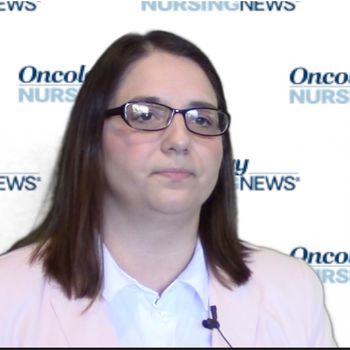
Electronic medical records (EMRs) are crucial for nurses to track adverse events and other important information for patients undergoing CAR T-cell therapy, explained Andrea Price, APN, associate director for clinical research at Washington University School of Medicine.

The FDA has granted a priority review designation to a supplemental new drug application (sNDA) for selinexor (Xpovio) as a treatment for adult patients with relapsed/refractory diffuse large B-cell lymphoma (DLBCL), not otherwise specified, who have received ≥2 prior therapies.

Clinicians should consider patient-related factors, disease-related factors, and prior therapies before deciding on a treatment regimen for patients with relapsed/refractory myeloma.

The FDA granted a priority review for the biologics license application for lisocabtagene maraleucel (liso-cel), to treat adults with relapsed or refractory large B-cell lymphoma.

The biologic license application is supported by data from the phase II ZUMA-2 trial, which is currently assessing the CAR T-cell therapy for the treatment of adult patients with relapsed or refractory mantle cell lymphoma.

Updated data on several emerging treatment modalities were presented at the 2019 ASH Annual Meeting in multiple myeloma, including CAR T-cell therapy, antibody-drug conjugates (ADCs), bispecific T-cell engagers (BiTEs), and a novel selinexor (Xpovio) combination, explained Sandy W. Wong, MD.

The agency granted the immunoconjugate targeting B-cell maturation antigen priority review to belantamab mafodotin for the treatment of heavily pre-treated patients with relapsed or refractory multiple myeloma.

Treatment with luspatercept-aamt (Reblozyl) reduced the severity of anemia in patients with very low- to intermediate-risk myelodysplastic syndromes (MDS) with ring sideroblasts who require red blood cell (RBC) transfusions, according to findings from the phase III MEDALIST trial that have now been published in the New England Journal of Medicine (NEJM).

After decades of few advances and stagnant treatment approaches, which mainly comprised 7+3 chemotherapy, the acute myeloid leukemia (AML) paradigm now has several agents approved, and plenty of ongoing trials are exploring other novel therapies alone and in combination, according to Melissa L. Larson, MD.

The approval of novel agents, specifically blinatumomab (Blincyto) and CAR T-cell therapy, in the acute lymphoblastic leukemia (ALL) paradigm has led has to expanded options for pediatric, adolescent and young adult (AYA), and adult patients; however, ongoing trials are poised to keep moving the field forward, said Joseph Wynne, MD.

A biologics license application has been submitted to the FDA for the rituximab (Rituxan) biosimilar ABP 798, according to the developers, Amgen and Allergan
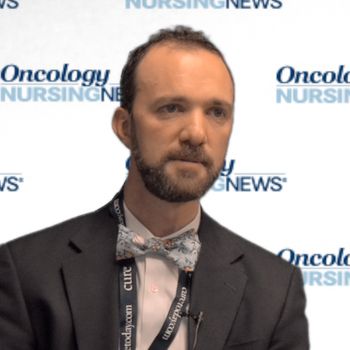
Myeloma therapies continue to improve, and maybe one day there will be a cure, says one expert.
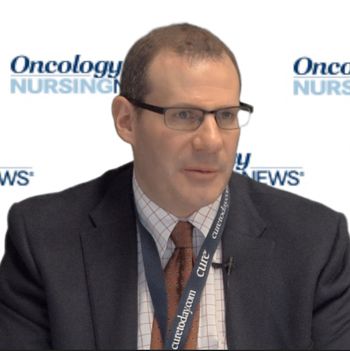
Minimal residual disease status could cause patients undue stress.

Nurses play a key role in treating patients with myeloma.